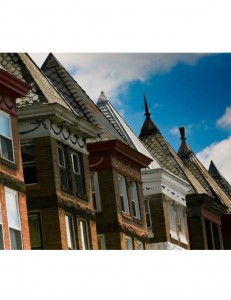A new study released by the Community Foundation for the National Capital Region reveals startling figures on the level of housing insecurity in the DC metro region. The findings highlight both how critical affordable housing is to the region ‘ and how far we have to go to address the problem. 
The study, conducted by the Urban Institute and the Washington Council of Governments, looked at homelessness and affordable housing in the metro region, including how many people have access to it, how many still need it, and the level of resources local governments and the philanthropic community allocate to support it. Here are some of the key findings:
- About half of renters in the region are housing cost-burdened. These are households that pay more than 30 percent of their income on housing. Close to one in four devote more than half of their income on housing. At this level, research shows, many families are unable to meet other basic necessities like clothing, transportation and retirement savings.
- There is a shortage of 22,100 affordable rental units for extremely low-income DC households. The greatest housing challenges are for households earning 30 percent or less than area median income, or $28,700 for a family of three. Across the entire region, more than 94,000 affordable units are needed for families with these incomes.
- A lot of higher-income families live in homes that would be affordable to these and other very low-income families. The report found that more than half of the region’s rental units are affordable to extremely low and very-low income households. But two-fifths of these homes are occupied by families at somewhat higher income levels. This means that in addition to building new housing for lower-income families, housing at all income levels is needed to lessen the competition for these lower-cost units.
- Federal funds for public housing and rental assistance only reach one in three extremely low-income households in the region. The region spends about $1.3 billion on affordable housing ‘ with 57 percent of that coming from federal dollars, a source that has been declining in recent years. Private philanthropy contributed $33 million in fiscal year 2013 ‘ but about half of that money is now gone as a result of the loss of Freddie Mac and Fannie Mae’s charitable giving.
It is clear that the region needs to increase its investments in housing dramatically ‘ from private, philanthropic, and public sources ‘ to meet the need for affordable housing in the metro region. But our region also needs to increase the amount of housing overall to help relieve some of the pressure on the lower end of the market.
The report is filled with compelling data, including snapshots by jurisdiction. You can read the complete report here.
To print a copy of today’s blog, click here.
